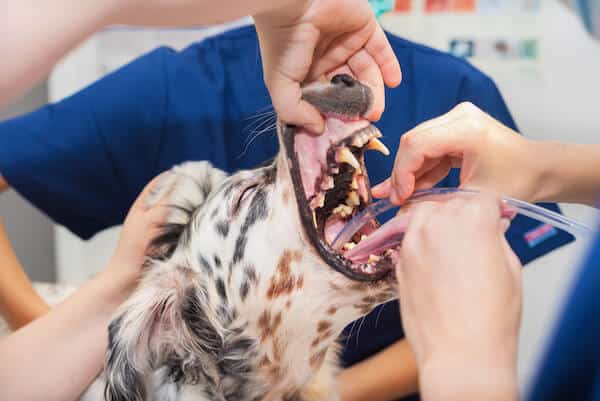september, 2024

Course Details
This four week course is designed to be a refresher in routine anaesthesia, and will cover the most up-to-date and relevant information. This course may be most beneficial
Course Details
This four week course is designed to be a refresher in routine anaesthesia, and will cover the most up-to-date and relevant information. This course may be most beneficial for nurses returning to work following a career break, or for nurses working in a different field (for example specialist medicine nurses) wishing to keep their anaesthesia knowledge refreshed and updated
Week 1
Preparation and Premedication
Preparing for what may happen is the key to anaesthesia. We will discuss how to approach an anaesthetic and the difference premedication can have on the patient and the anaesthetic that follows.
Preparedness
Considerations
Safe and effective premedication
Calculations for anaesthesia
Fasting periods
Medication that may be given prior to the visit
Learning objectives
After completion of this week, participants should be able to:
List generalised considerations for preparing to anaesthetise routine cases
Confidently provide premedication prior to anaesthesia in a safe and controlled manner
Give advice on how long to withhold food before anaesthesia for a variety of different patients
Week 2
Induction
This week will cover the induction process, how to manage different case scenarios and guide you through intubation techniques.
Selection of an appropriate breathing system
Preoxygenation
Intubation for different cases
Learning objectives
After completion of this week, participants should be able to:
Select an appropriate breathing system and calculate the fresh gas flow required
Understand the physiology of preoxygenation, and how to do this effectively
Confidently approach intubation in both routine cases and those with anatomical variations
Week 3
Maintenance
For many, the maintenance phase of anaesthesia can be daunting, this week we will discuss monitoring and fluid therapy during anaesthesia.
Multiparameter monitors
Hypotension
Fluid therapy during anaesthesia
Low flow anaesthesia
Environmental considerations
Learning objectives
After completion of this week, participants should be able to:
Feel confident using multiparameter monitors and interpret the information given
Appreciate the physiology of and importance of monitoring blood pressure effectively
Select an appropriate fluid rate during anaesthesia Select an appropriate fresh gas flow rate during maintenance of anaesthesia
Recognise some of the environmental impacts of anaesthesia
Week 4
Recovery
The recovery phase is an area with high mortality in small animal patients, this week will cover how to make this phase of anaesthesia both calm and safe.
Practicalities of recovery
Monitoring post-anaesthetic
Pain scoring
Learning objectives
After completion of this week, participants should be able to:
Understanding the risks associated with and the necessity for monitoring patients in recovery
Confidently perform pain scoring assessments on patients following surgery
This course will be fully tutored by Will McFadzean and will consist of 10 hours of CPD given in various formats, including tutorials, tasks, case studies, forum discussions and quizzes. This course is tutored for 6 weeks, followed by a two week extension of untutored ‘catch up’ time, before the course officially ends.
All delegates will then have unlimited lifetime access to the learning material for future reference
Time
September 30 (Monday) - October 25 (Friday)
Location
Online
Speaker
William McFadzeanBVetMed, CertAVP (VA), DipECVAA, MRCVS Cave Veterinary Specialists



0 Comments